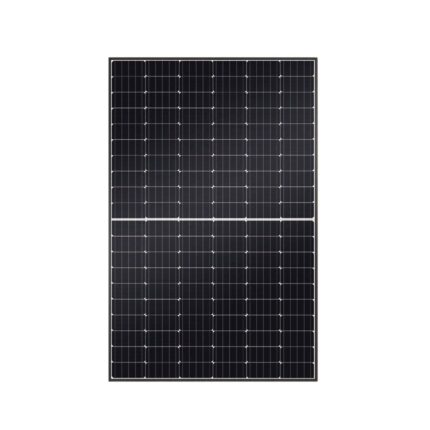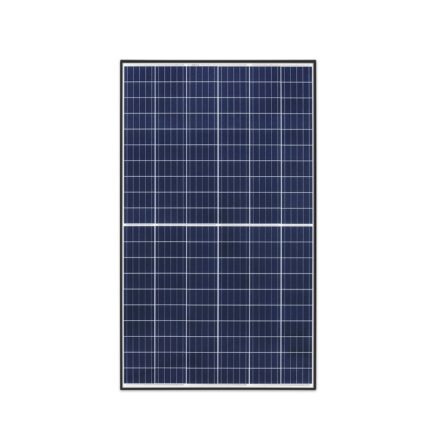Polycrystalline solar panels, a crucial component of solar energy systems, play a vital role in harnessing and converting sunlight into usable electrical energy. These panels are recognized for their efficiency and cost-effectiveness in transforming solar energy into electricity.
Polycrystalline solar panels consist of multiple silicon crystals, providing an effective means of capturing sunlight and converting it into electrical power. These panels offer an affordable option for those seeking to implement solar solutions while maintaining a balance between cost and performance.
The structural composition of polycrystalline solar panels makes them a practical choice for various solar installations. Their design allows for efficient utilization of available space, making them suitable for both residential and commercial applications. The multi-crystalline nature of these panels enhances their overall efficiency in converting sunlight into electricity.
The technology employed in polycrystalline solar panels focuses on optimizing energy production. Advanced manufacturing processes ensure that these panels operate at peak efficiency levels, maximizing the energy output from available sunlight. This technological innovation contributes to the overall effectiveness and reliability of polycrystalline solar panels.
Polycrystalline solar panels are known for their durability and resistance to environmental factors. The robust construction of these panels enables them to withstand varying weather conditions, ensuring a long lifespan and consistent performance. This durability is a key factor in their appeal for those seeking a reliable and low-maintenance solar solution.
Installation of polycrystalline solar panels is a straightforward process. Their versatility allows for easy integration into existing solar energy systems or the creation of new installations. Proper placement and connection to the electrical grid are essential steps in ensuring the optimal functionality of polycrystalline solar panels.
Regular maintenance and monitoring contribute to the longevity of polycrystalline solar panels. Routine checks and adherence to maintenance procedures are recommended to uphold the panels' efficiency and performance. In the event of malfunctions, efficient procedures for component replacement are in place, and the panels come with warranty conditions and accessible technical support.
The economic benefits of polycrystalline solar panels make them an attractive option for consumers. Understanding the initial costs and payback period helps users plan their investment. Calculating energy savings and cost-effectiveness provides a clearer picture of the financial benefits. Examining the long-term financial gains reinforces the viability of investing in quality polycrystalline solar panels.
Financial incentives, including subsidies and tax incentives, further contribute to the appeal of polycrystalline solar panels. Various financing and credit programs make purchasing these panels accessible. Programs allowing users to exchange excess energy with the grid contribute to the financial benefits of utilizing polycrystalline solar panels.
In conclusion, polycrystalline solar panels stand as a reliable and cost-effective solution for those seeking to harness solar energy for electricity generation. Their efficient design, advanced technology, and durability make them a practical choice for various solar applications, contributing to a sustainable and energy-efficient future.



